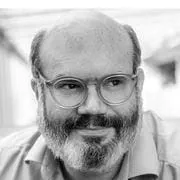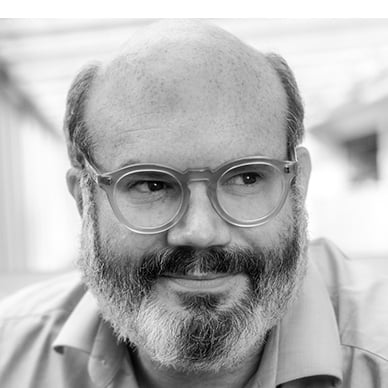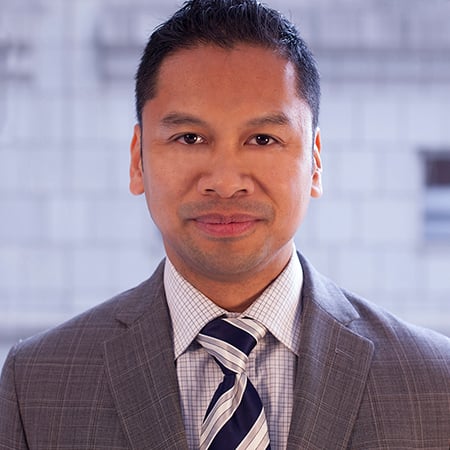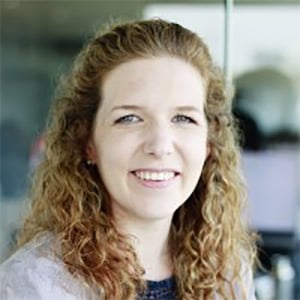Visualisation is a powerful way to bring certainty and confidence to major projects. Our team produce compelling models, simulations and other digital experiences to help clients explore their schemes in sensory detail. These visually rich, virtual, acoustic simulations bring people closer to designs, build public confidence and investor support throughout the lifecycle of a project or programme.
Modelling experiences that engage
Too many projects fail because they’re badly communicated. Misperceptions are allowed to take hold. Infrastructure projects are often many years long, and it’s important to use visual and experiential storytelling techniques that virtual reality can offer, to maintain support and engagement throughout. Far from how things simply might ‘look’, visualisation is now a vital engagement tool on successful projects and programmes.
Our approach combines expertise you would normally find in the film industry, backed by deep insights into the built environment and project delivery. We produce compelling experiences that engage public, investor and policy-making audiences alike, working on projects in architecture, engineering, masterplanning, landscaping, product design, training, public events and artistic installations.
Benefits across the project lifecycle
Visualisation humanises design, bringing practitioners closer to the public they serve. It’s cost-effective too, meaning many more projects can be engagingly presented to a greater number of stakeholders and communities.
Here’s how it can help your project:
Designs that work for everyone
At Arup, we believe that design should be human-centred – and that means it should work for everyone. The powerful tools we have developed mean we can now model the world for those who experience it differently, testing a design can be navigated by those with neuro-diverse conditions, or visual and hearing impairments.
-
Project
London 2012 overview
-
Project
Visualising HS2
We used advanced virtual and augmented reality technology to recreate exactly what HS2 will look like, what it will sound like and how it will operate long before it physically exists.
-
Project
Virtual reality soundbooths
When Heathrow Airport started an 8-week consultation on the airspace and future operations of the airport between January and March 2019, they briefed Arup to help them deliver meaningful, objective sound demonstrations to the communities that could be affected. An important part of the brief was to present the information in a really engaging way and to try and widen the demographic that had been reached at previous consultations.
Get closer to design
We love to design and construct new ways for clients to encounter design. In addition to our existing SoundLab acoustic modelling environments (in London, NYC and San Francisco), we now have Experience Theatre (a room-scale sensory and immersive simulation theatre) and Arup ExperienceLab (an acoustic laboratory offering immersive stereo projection tracking). These are experimental facilities that bring designs to life using the latest augmented and extended reality tools. Whether you’re planning a new transport system, city district, or cultural building, Arup ExperienceLab and Experience Theatre can enable detailed exploration of every element of the proposed scheme.
Talk to our experts
You can access our services through regional consultants around the world. Wherever you’re based, we can help you look beyond your sector to explore new sources of inspiration and identify opportunities for growth.
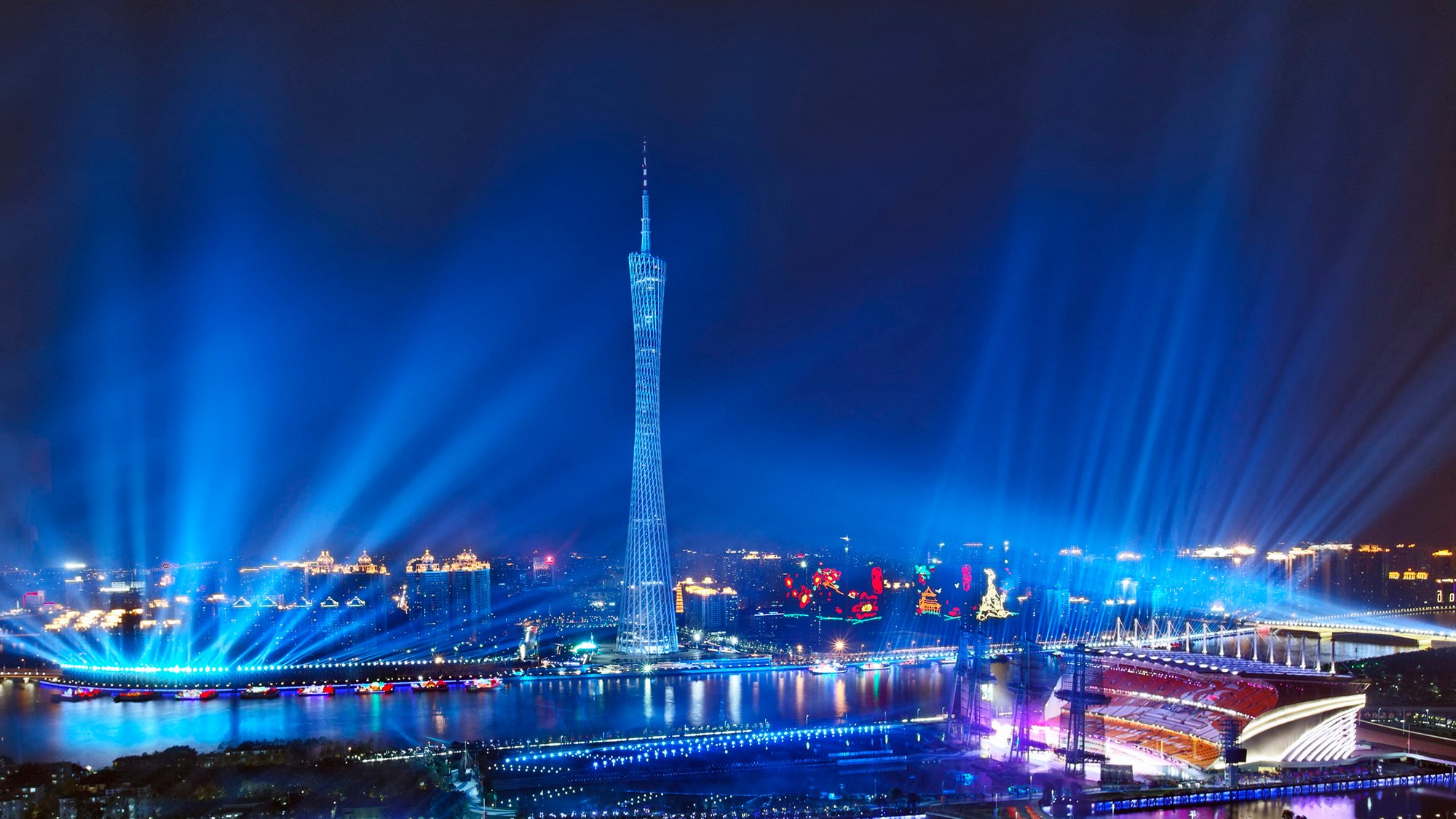
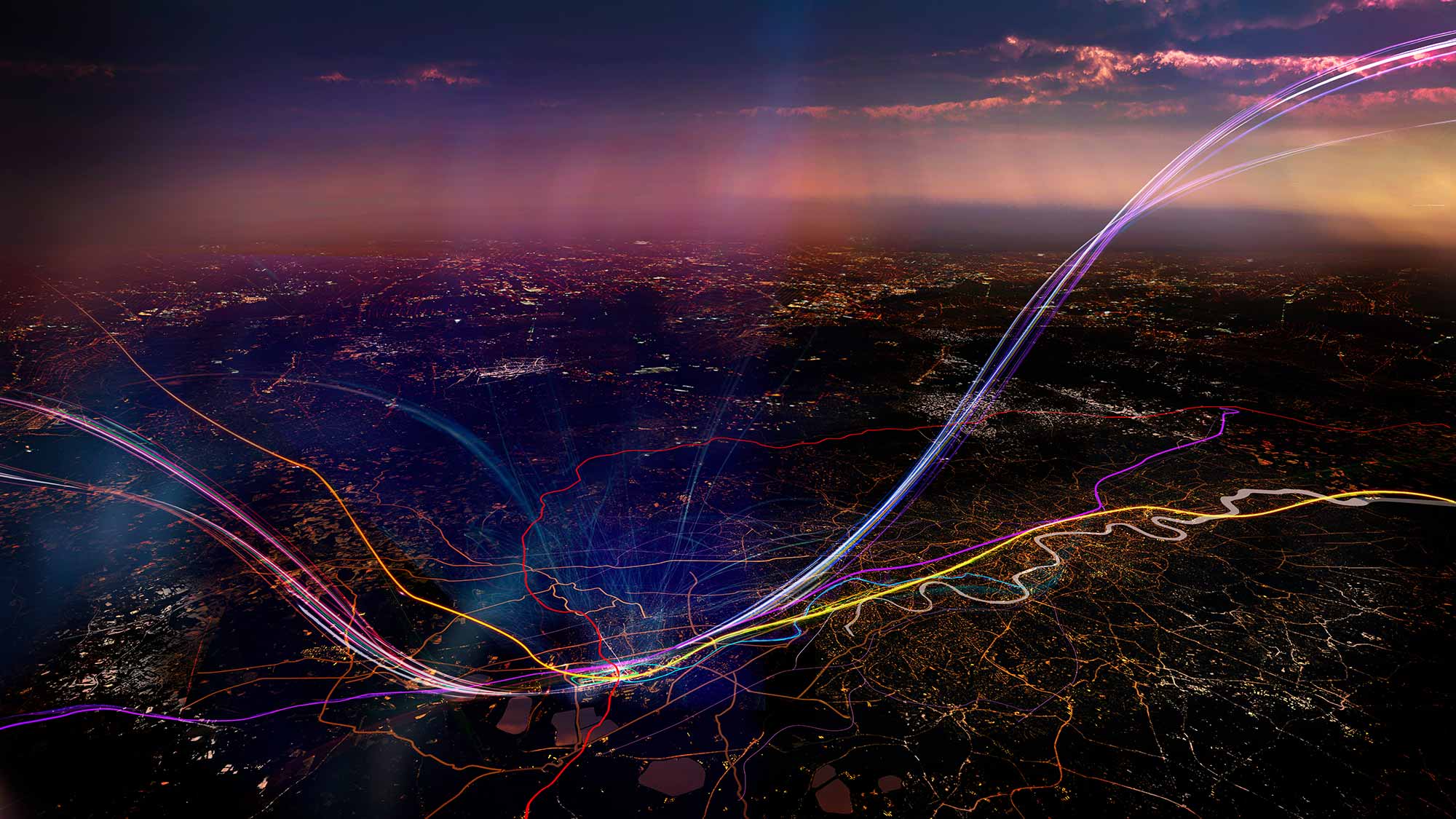 ;
;
